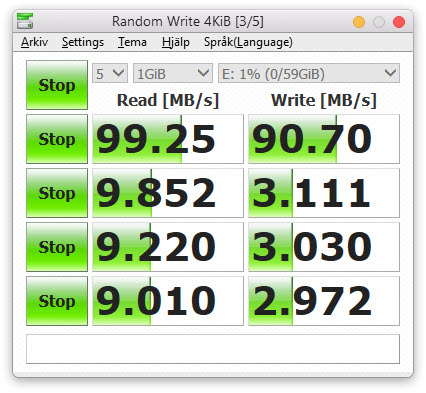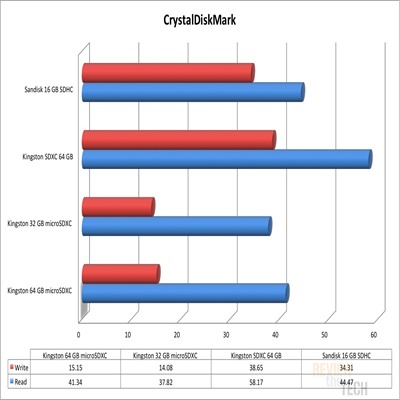

ProRes RAW 4K60 would usually require storage that can do 300MB/s. More advanced cameras will utilize SSDs for codecs like Apple ProRes or DNx. Consumer and pro-sumer cameras should still support SD cards, microSD (via adapter) cards with newer cards supporting the newer UHS-II SD cards, CFExpress Type-B and CF-Express Type-A. Take note of the bitrate megabits (mbps) and the sequential write speeds (MB/s) when shopping for solutions for video recording. To translate to the memory card you need, a quick lookup should give a you a rounded number of 120MB/s of sustained write speed to utilize this codec. Sony’s XAVC in 4K 60FPS will have a bitrate of around 960Mbps. Many cameras will have multiple varieties of bitrate e.g.

With modern video recording, write speed has become an integral part for the camera’s storage. A camera will slow down after saturating the buffer and in instances where-in one wants to capture the best moment possible, faster means better whether its in sports, wildlife or just daily life. The storage media will usually dictate how fast the burst buffer clears and how many shots a photographer can take in burst again. If a camera has a good hit rate of keeper shots then there’s a higher chance of capturing the perfect high-speed moment like this one. Those who shoot RAW and in burst would want a large capacity storage media that writes quite fast. At the point in time, even the minimum write speed of the SD cards standard is enough to perform in casual use and in these situations, its best to focus on capacity.įor professional usage though, it becomes more specific. Most user will be perfectly fine with even the most bargain basement memory cards around regardless if its an older SD card or an even older CF card.

Test Setup, Methodology and Interpreting Numbers Storage Performance for Photography At the back is a slight difference to normal cards with two rows of gold contacts versus one normally found on standard cards. There is a lock notch to write-protect your data. Physically, there’s not much to discuss here as this is a traditional look and shape of a SD/SDHC/SDXC memory card.


 0 kommentar(er)
0 kommentar(er)
